Lindsey Olander
Former Content Contributor
23 Published Articles
Countries Visited: 24U.S. States Visited: 25
Currently based in New York, Lindsay worked as a Travel Editor at Jetsetter and Travel + Leisure, where she reported on everything from gorilla trekking in Uganda to hot hotel openings in Singapore to...
Edited by: Keri Stooksbury
Keri Stooksbury
Editor-in-Chief
32 Published Articles 3112 Edited Articles
Countries Visited: 45U.S. States Visited: 28
With years of experience in corporate marketing and as the Executive Director of the American Chamber of Commerce in Qatar, Keri is now Editor-in-Chief at UP, overseeing daily content operations and r...
![The Best Times To Visit Hawaii in 2023 [By Seasons & Islands]](https://upgradedpoints.com/wp-content/uploads/2020/05/Maui-Sunset.jpg?auto=webp&disable=upscale&width=1200)
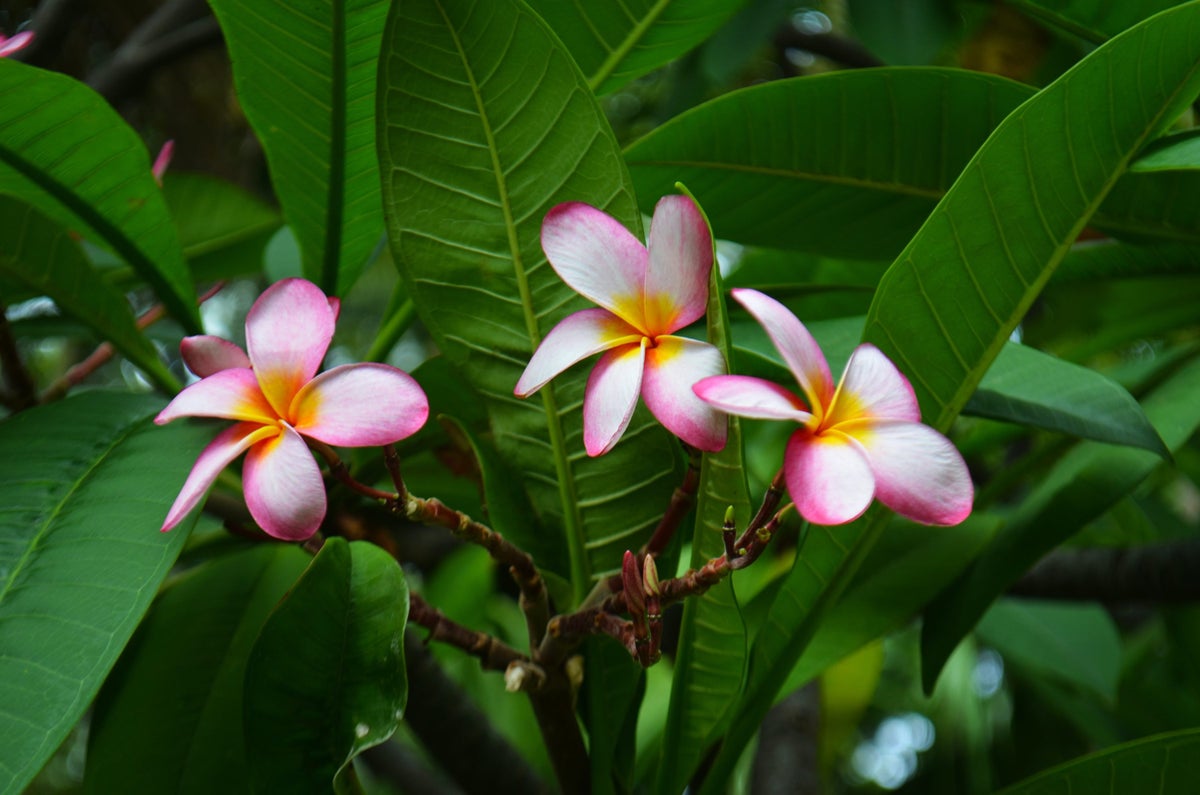
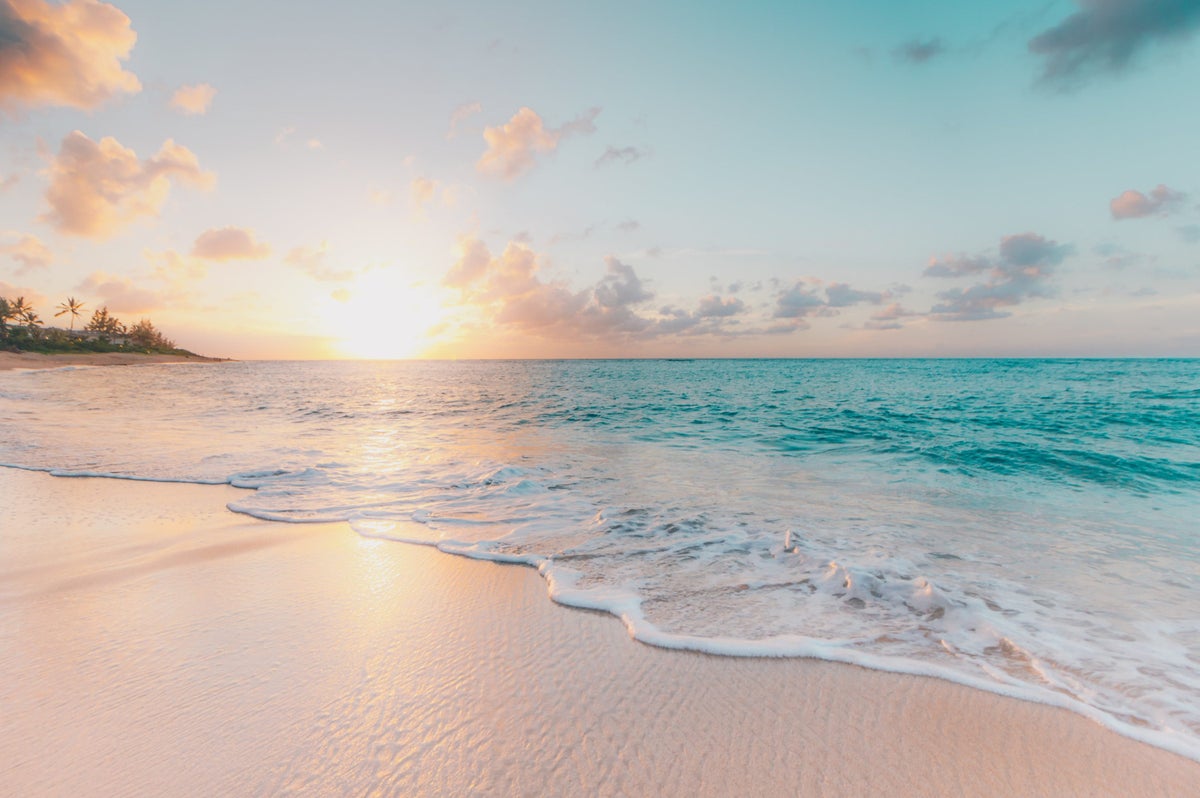
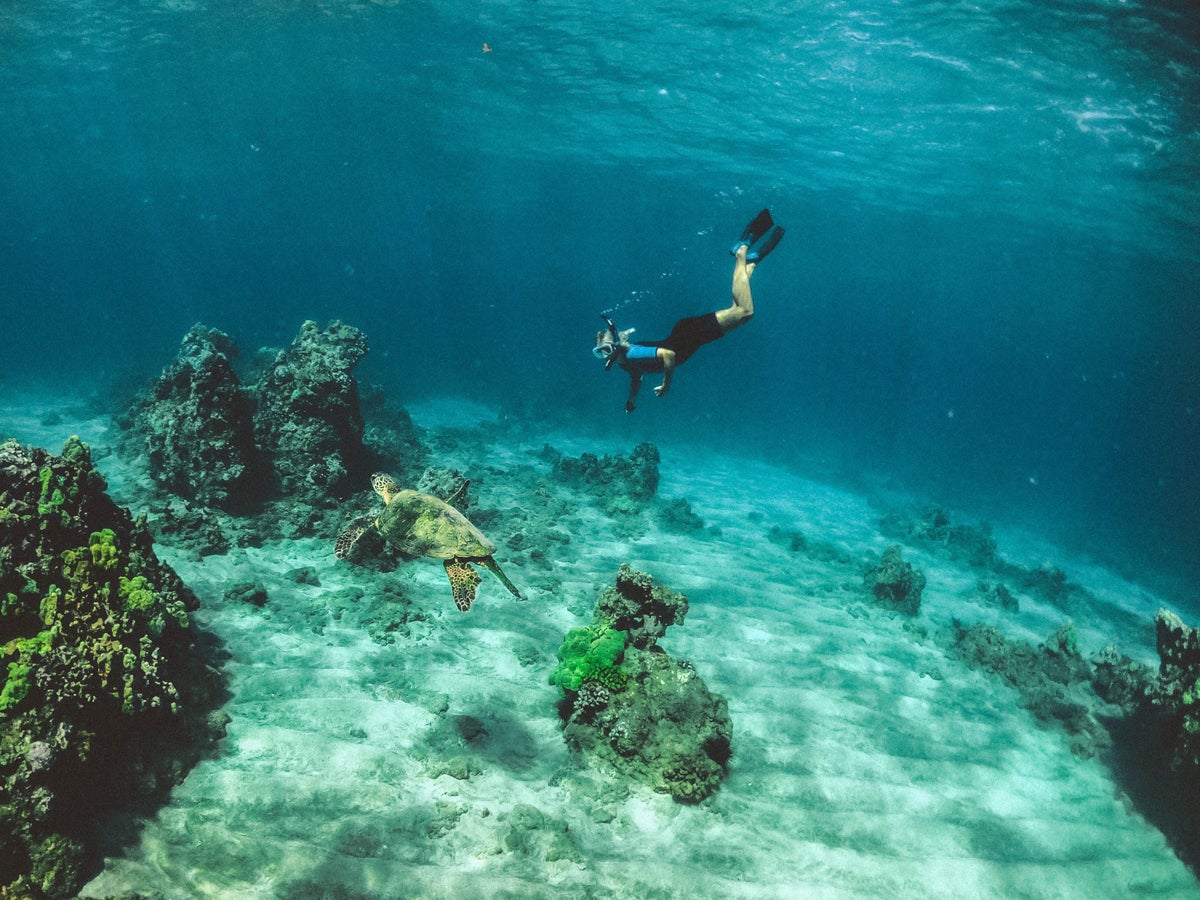
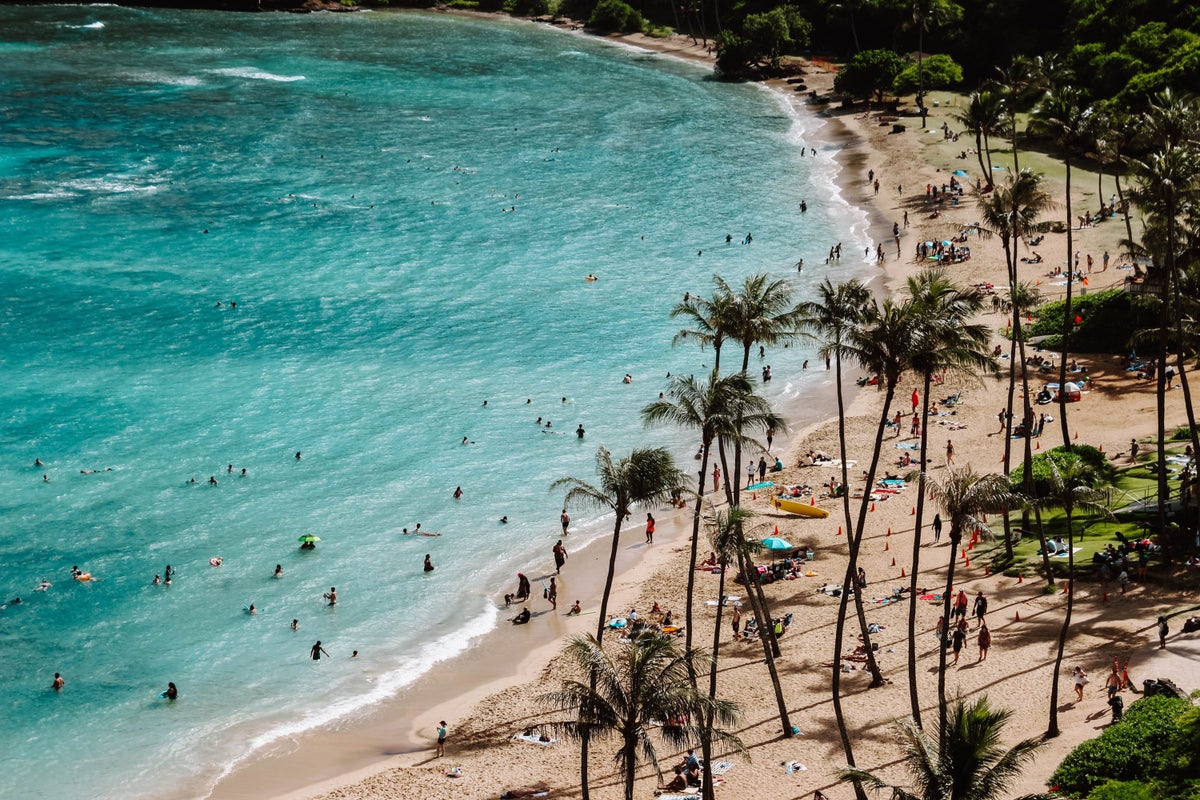
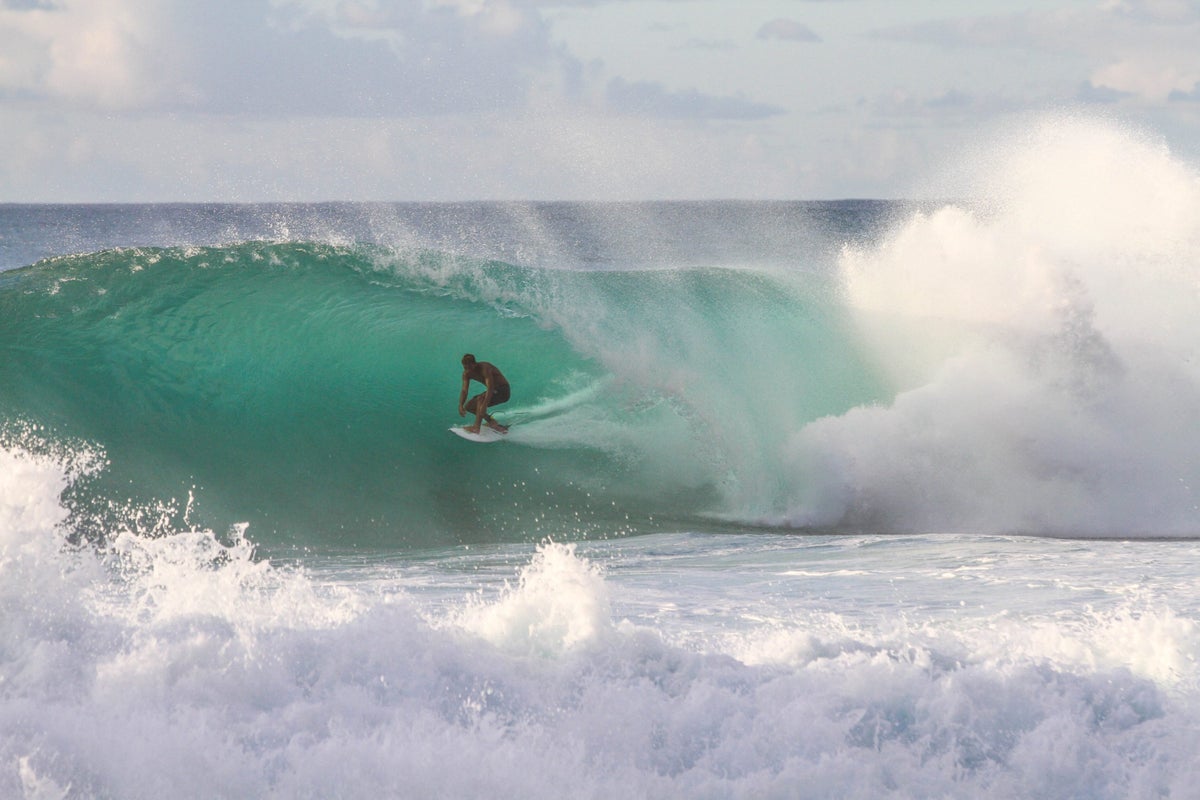
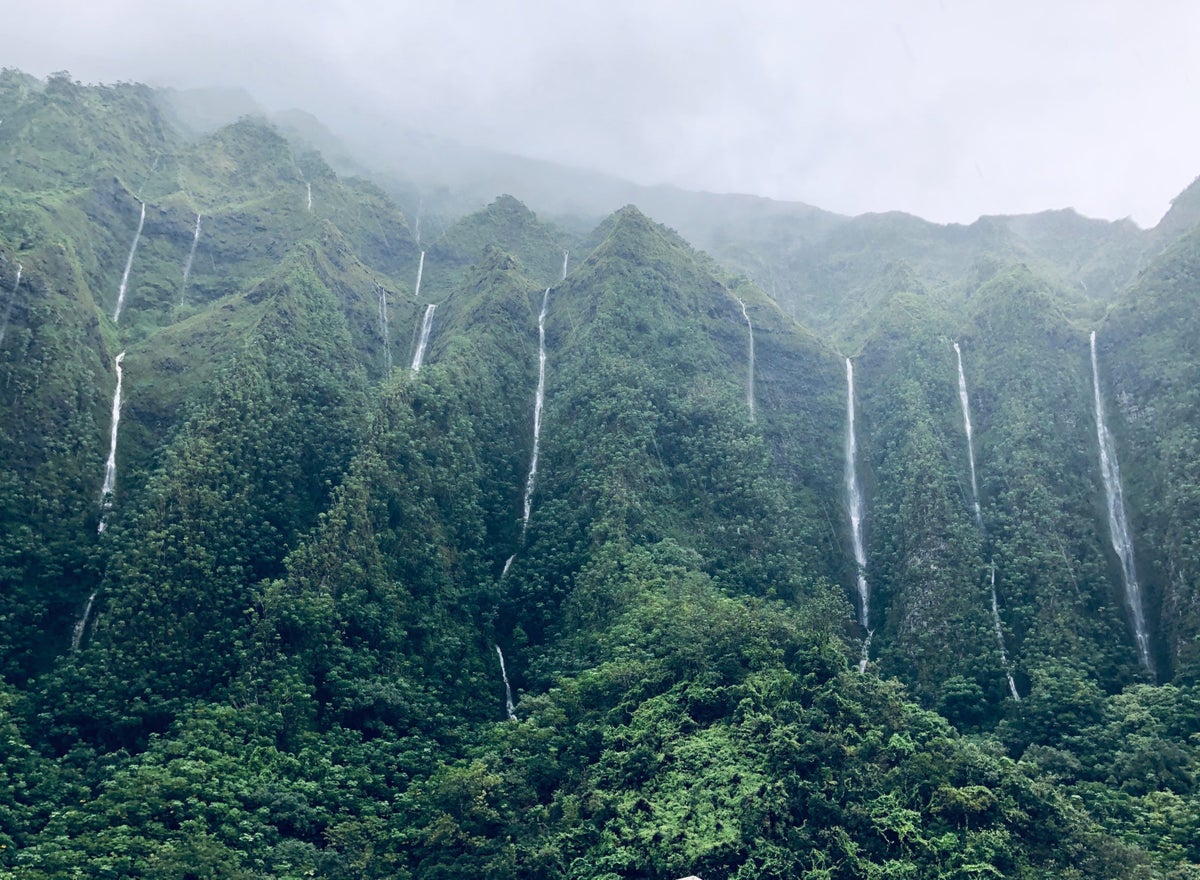
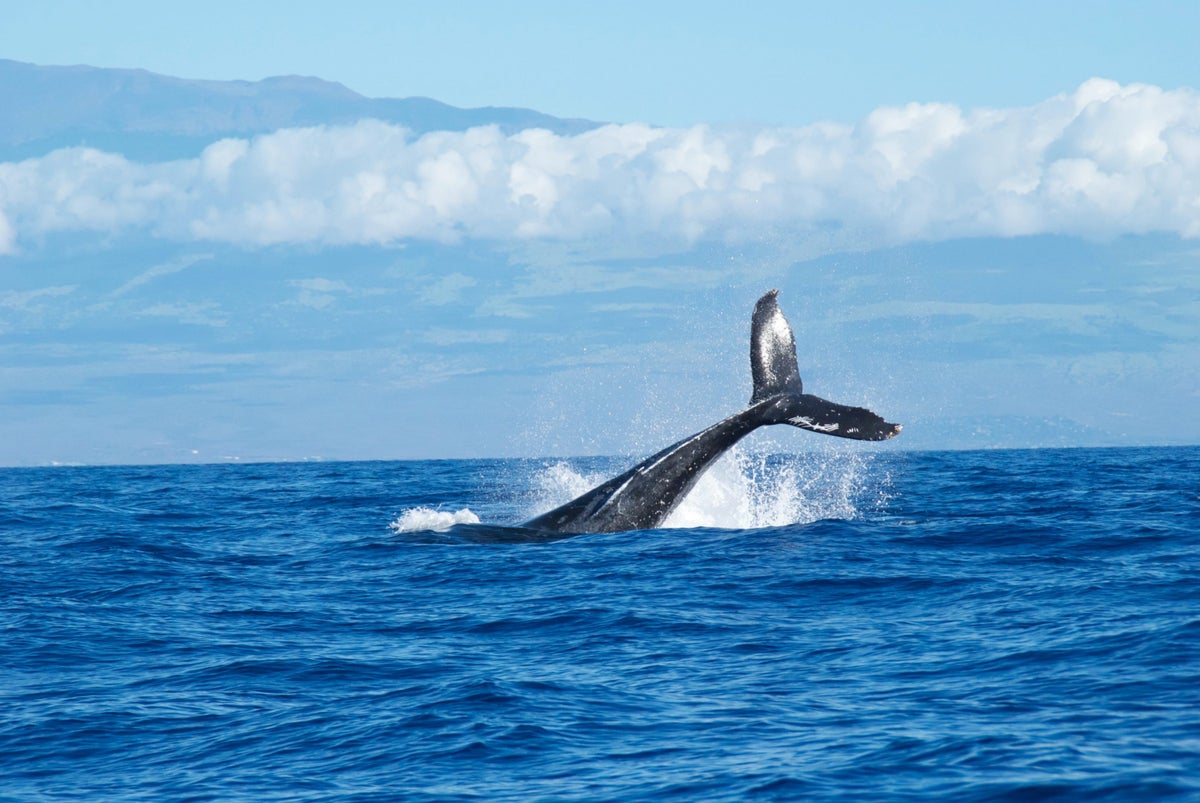
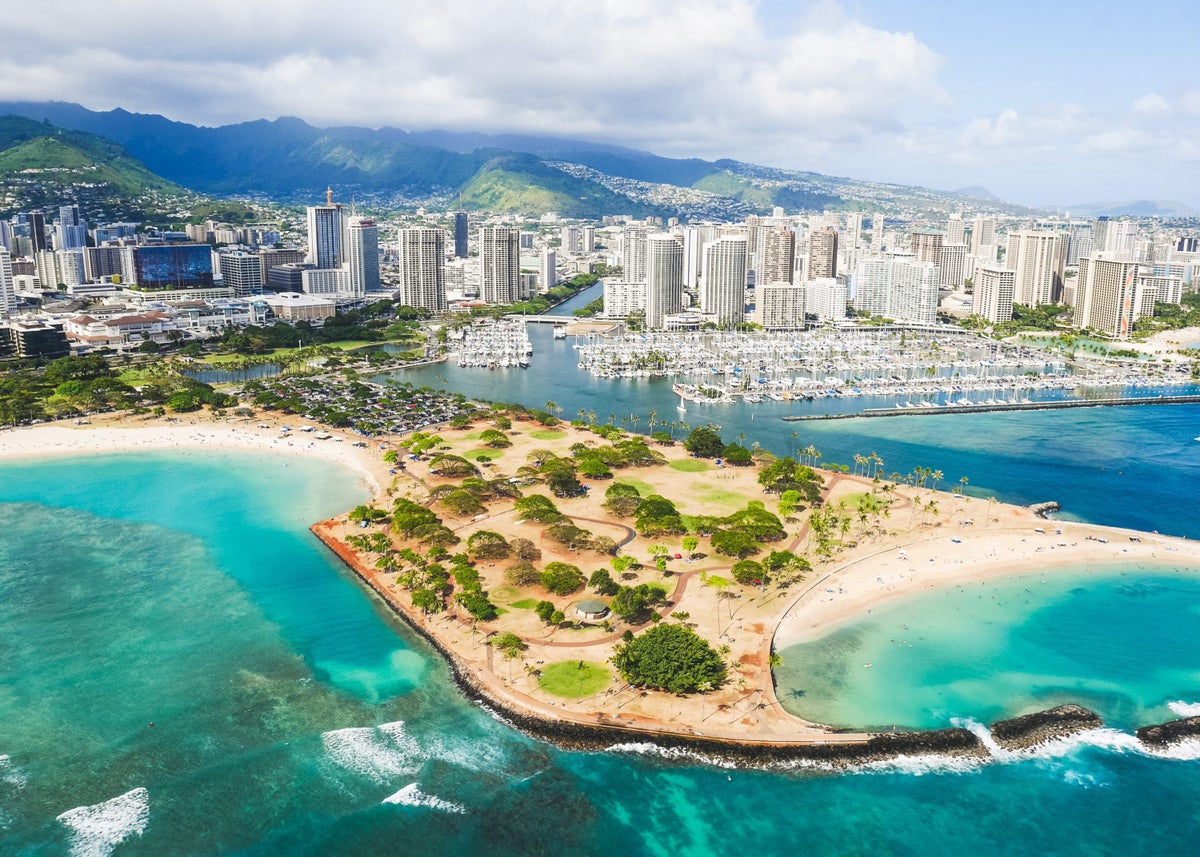
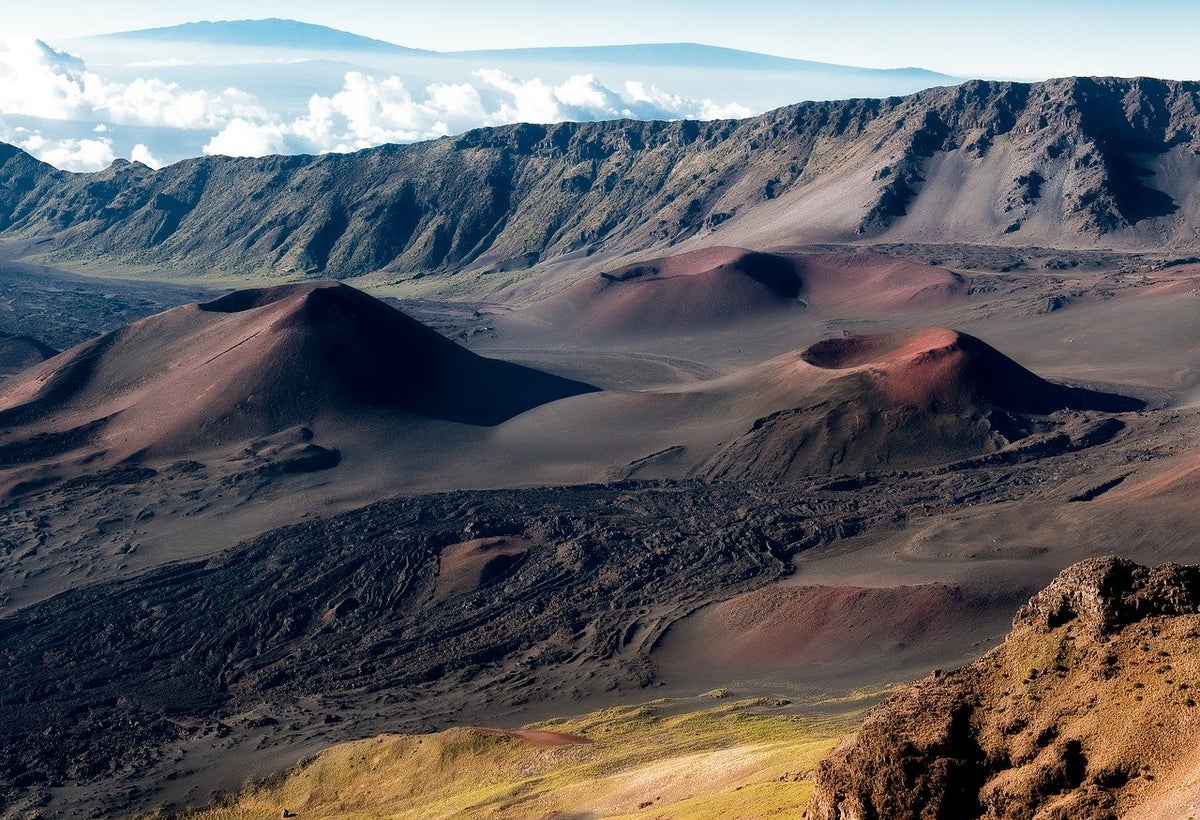
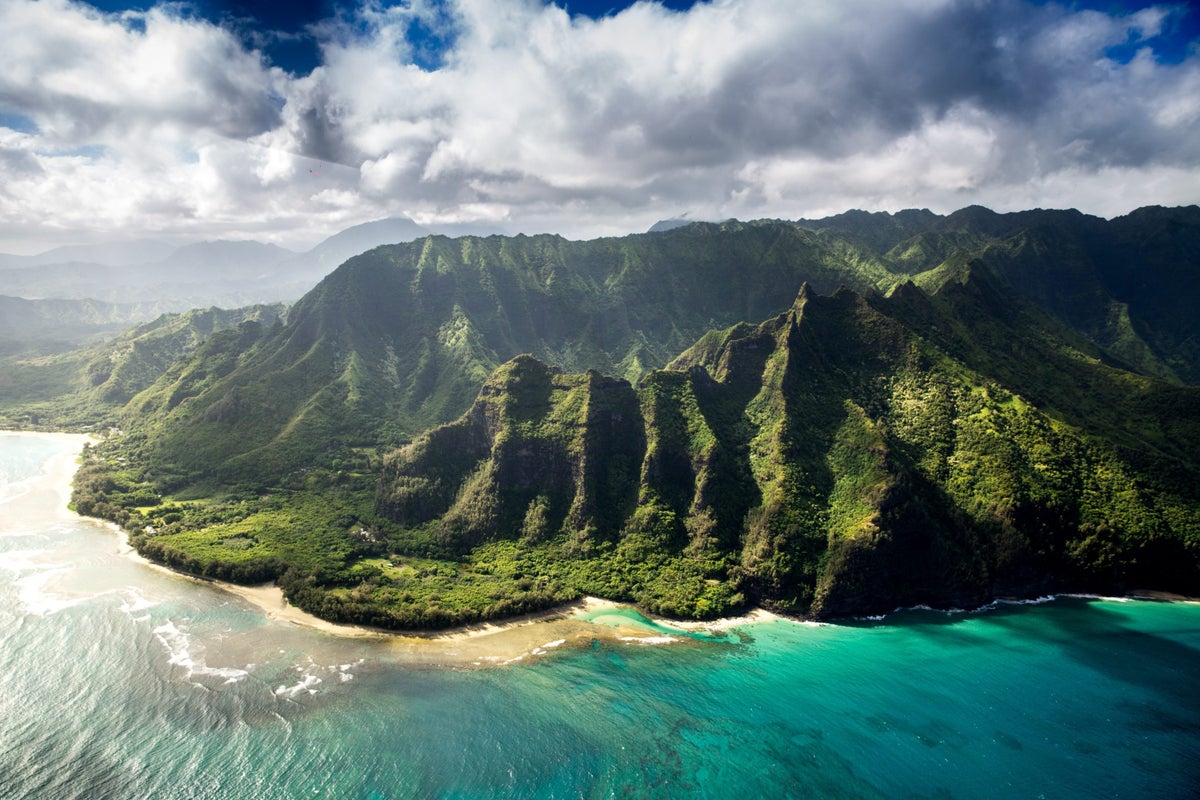
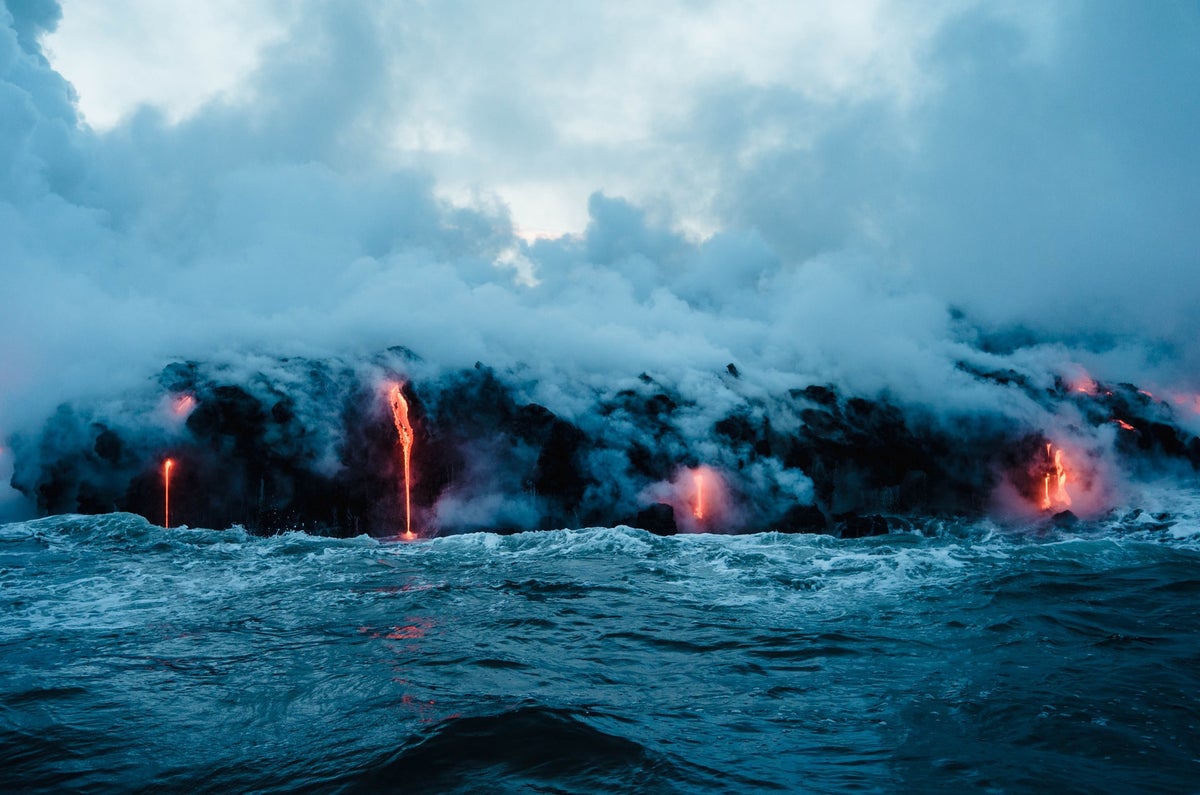
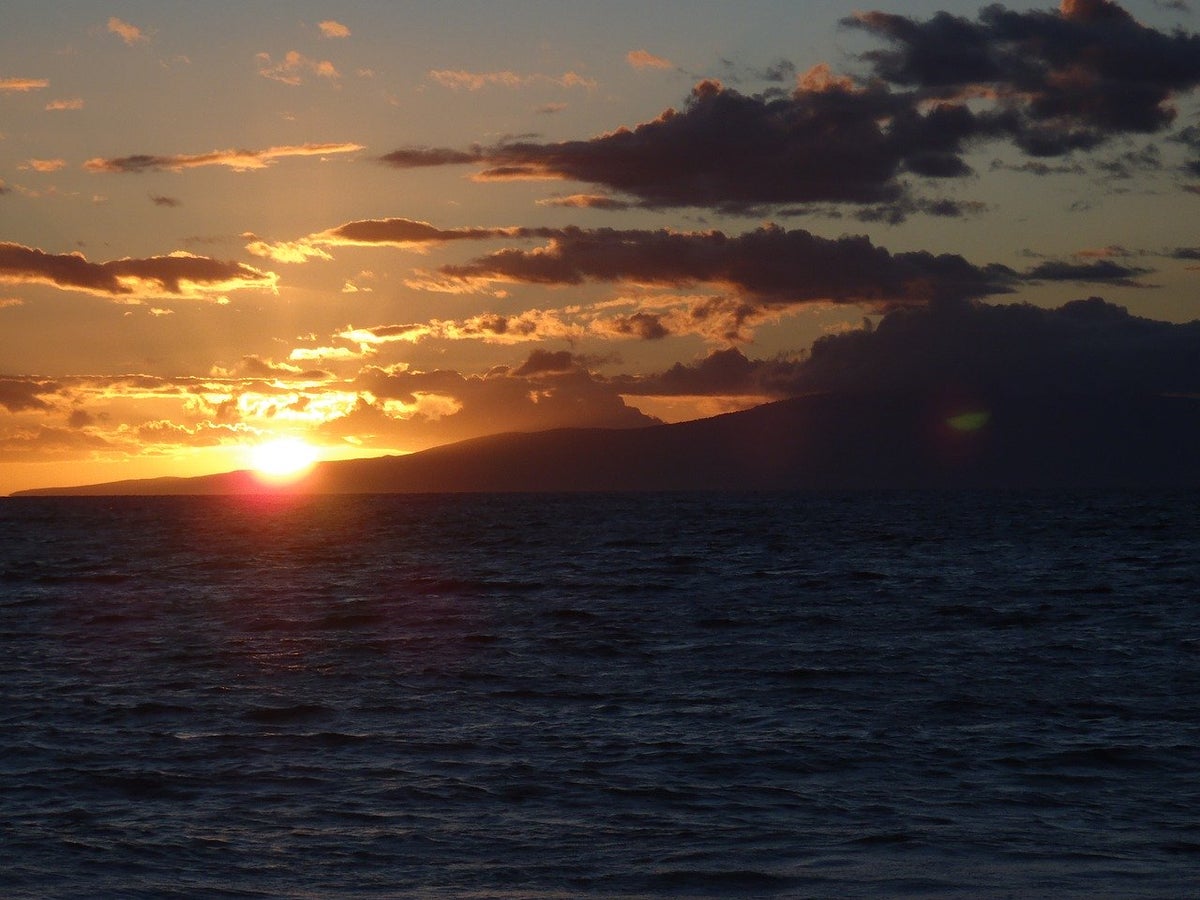

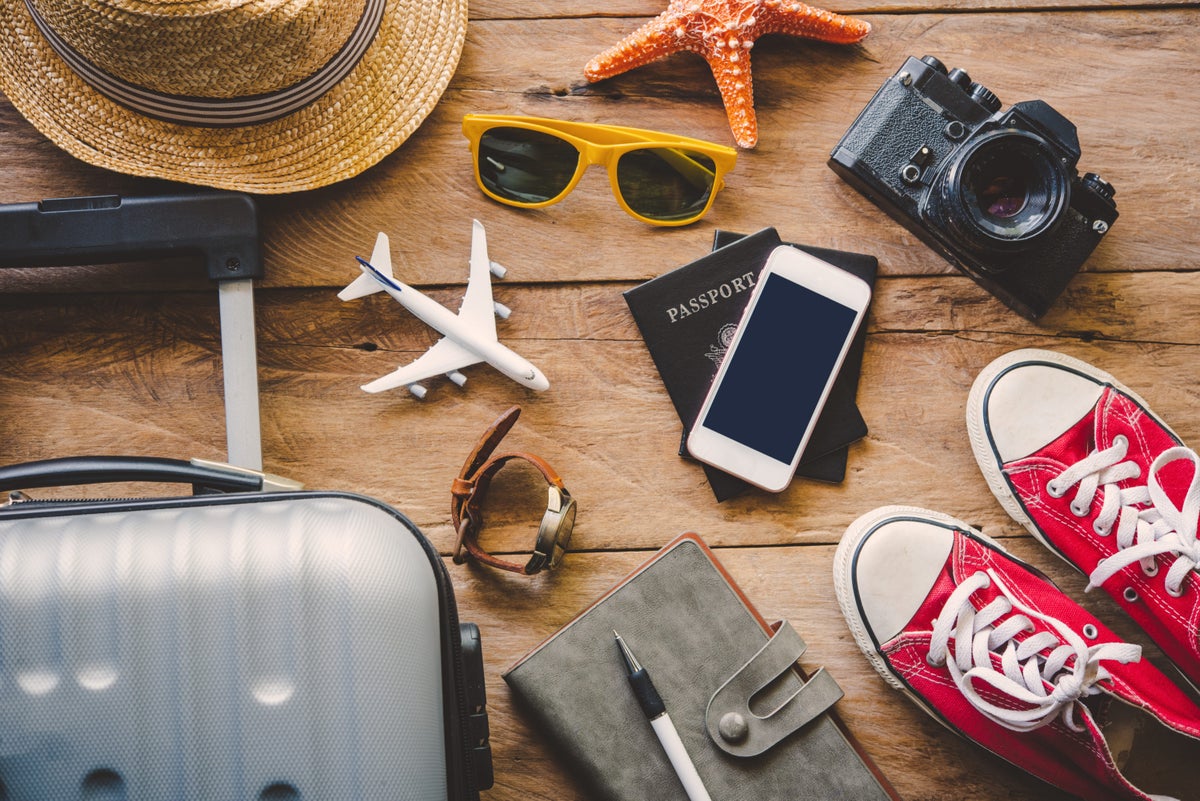
![Southwest Flights & Routes to Hawaii – A Complete Guide [2023]](https://upgradedpoints.com/wp-content/uploads/2019/02/Maui-Hawaii-Katie-Seemann.jpg?auto=webp&disable=upscale&width=1200)
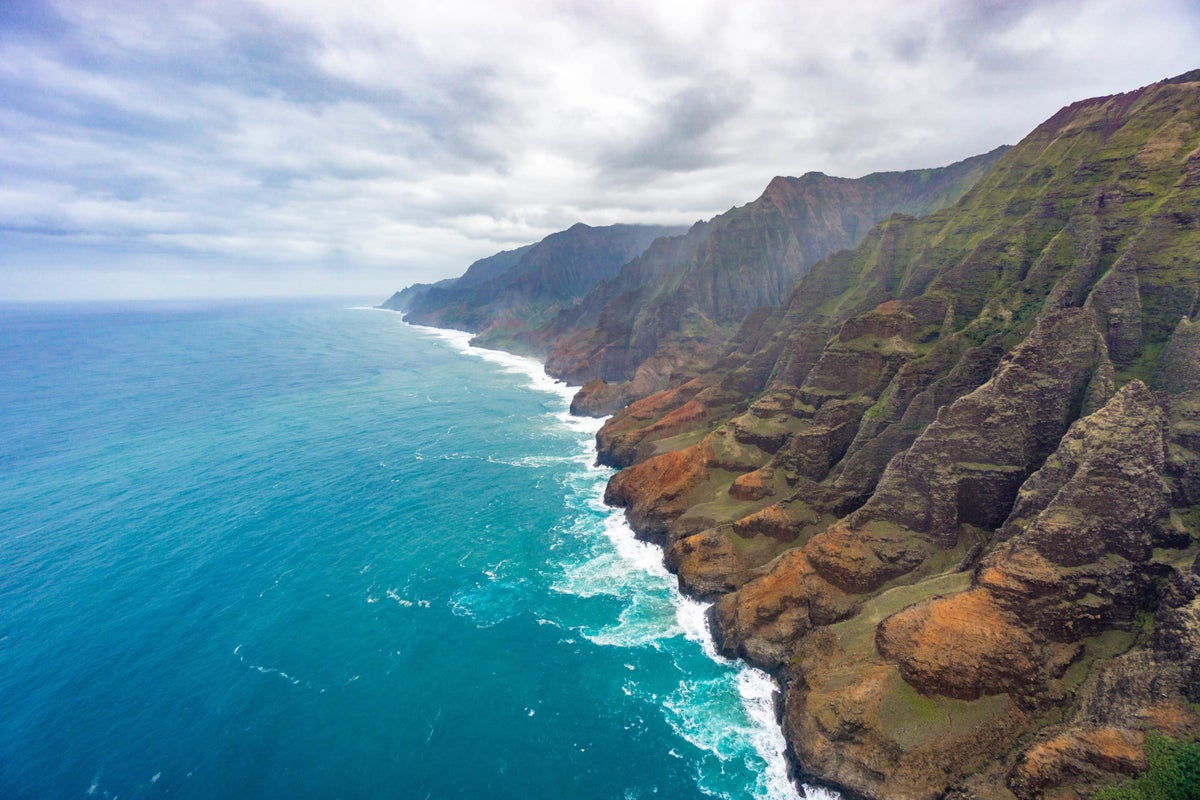
![The 10 Best Travel Adapters and Converters You Can Buy [2023]](https://upgradedpoints.com/wp-content/uploads/2023/01/BESTEK-Universal-Travel-Adapter-bestekcorp-1.jpg?auto=webp&disable=upscale&width=1200)